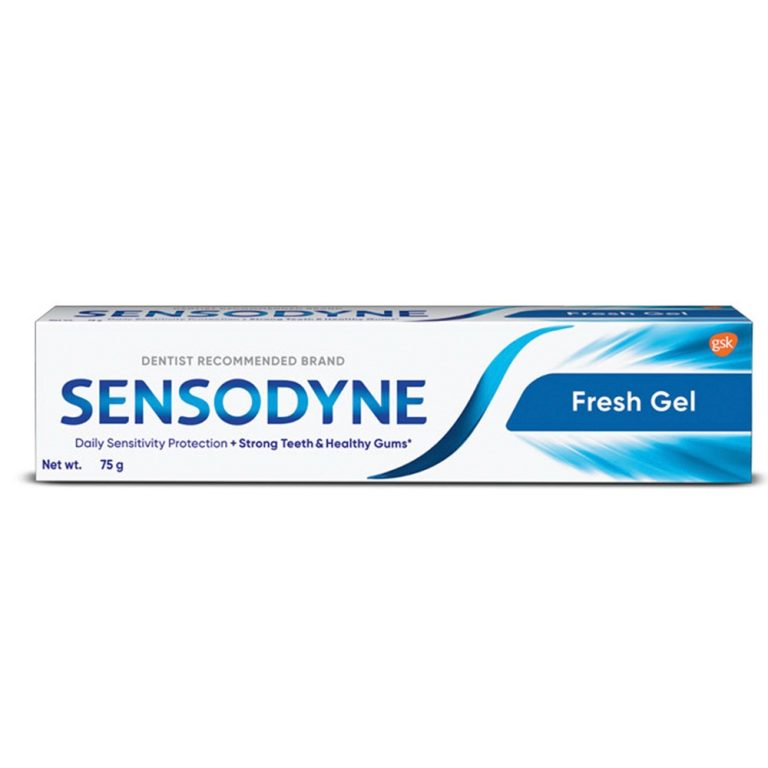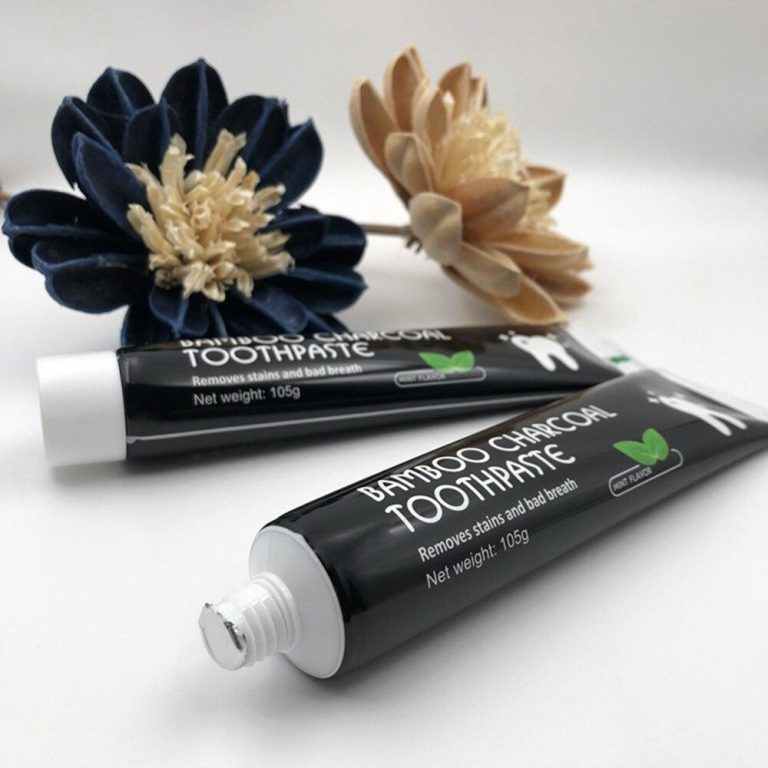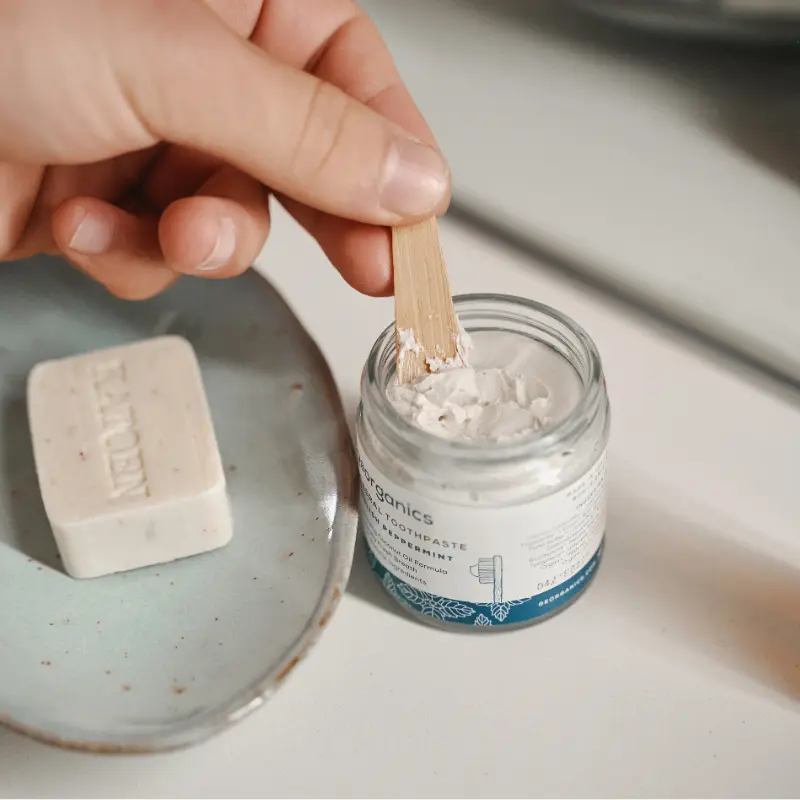
How to Clean Brass with Toothpaste Effectively
Introduction to Brass Cleaning
Brass, a durable and stylish metal, finds its use in numerous household items. It’s vital to maintain its luster to enhance the aesthetic appeal of your space. Whether it’s a traditional, contemporary, or modern Indian setting, brass fits flawlessly. But over time, brass objects can accumulate tarnish and lose their shine. Knowing effective methods for cleaning brass is key to ensuring these items continue to add warmth and subtle glamour to your home. Brass cleaning does not have to be complex. With simple, DIY techniques and readily available ingredients, you can restore the metallic sheen of your brass possessions. This guide aims to provide you with straightforward tips to bring back the radiance of your brass items, with a special focus on cleaning brass with toothpaste and additional methods for those stubborn tarnish marks.
Determining If Your Item is Pure Brass
Before diving into the various methods for cleaning brass with toothpaste or other DIY solutions, it’s crucial to establish whether your brass item is indeed pure brass. This step is vital because brass-plated items require a gentler touch to avoid damaging the metal coating. Here’s a simple test: use a magnet and gently place it near your brass object. If the magnet does not stick, congratulations, your item is made of pure brass. If it does stick, you have a brass-plated object and should proceed with caution during cleaning to prevent scratching or stripping the plating.
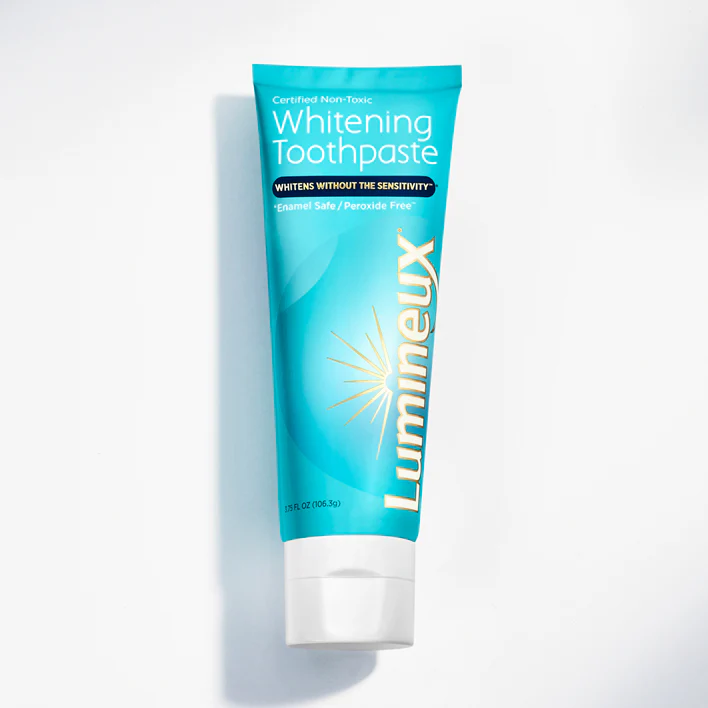
Preparations Before Cleaning Brass
Before you use toothpaste or any other method for cleaning brass, preparation is key. Take these simple steps to ensure you clean your brass items safely and effectively.
- Gather Your Materials: Ensure you have toothpaste (non-gel), a soft cloth, and water at hand. Avoid abrasive tools that may scratch your item.
- Clear a Workspace: Choose a well-lit and spacious area for cleaning. This prevents clutter and potential damage to other objects.
- Wash with Water: Lightly wash the brass object with water to remove surface dirt. This will allow the toothpaste to work directly on the tarnish.
- Wear Gloves: If you have sensitive skin, wearing gloves can protect your hands from irritation during the cleaning process.
- Dry Brass: After rinsing, carefully dry the brass with a clean cloth to avoid water spots before applying toothpaste.
These preparations will pave the way for a successful brass cleaning session using toothpaste or alternative DIY methods.
Cleaning Brass Using Toothpaste
Brass items often lose their shine and develop tarnish over time. Toothpaste, a common household item, can effectively bring back the luster of brass. Here’s how to use it:
- Apply a small amount of non-gel toothpaste directly onto the tarnished brass.
- Use a soft cloth to rub the toothpaste into the surface in a circular motion.
- Focus on areas with heavy tarnish, applying gentle pressure as you clean.
- Rinse the item thoroughly with water to remove all toothpaste residue.
- Dry the brass piece with a clean, soft cloth to prevent water spots.
Toothpaste is mildly abrasive, making it excellent for cleaning brass without causing damage. Non-gel toothpaste is recommended because it doesn’t have additional elements that might harm the metal’s surface. As a bonus, it’s a less expensive alternative to specialized brass cleaners.
When cleaning brass with toothpaste, avoid harsh scrubbing. Gentle, circular motions are enough to polish and restore shine. Use this method regularly, and your brass items will maintain their glow, retaining charm in your home decor. Remember to always patch test an inconspicuous area first to ensure that the toothpaste doesn’t discolor or damage the item.
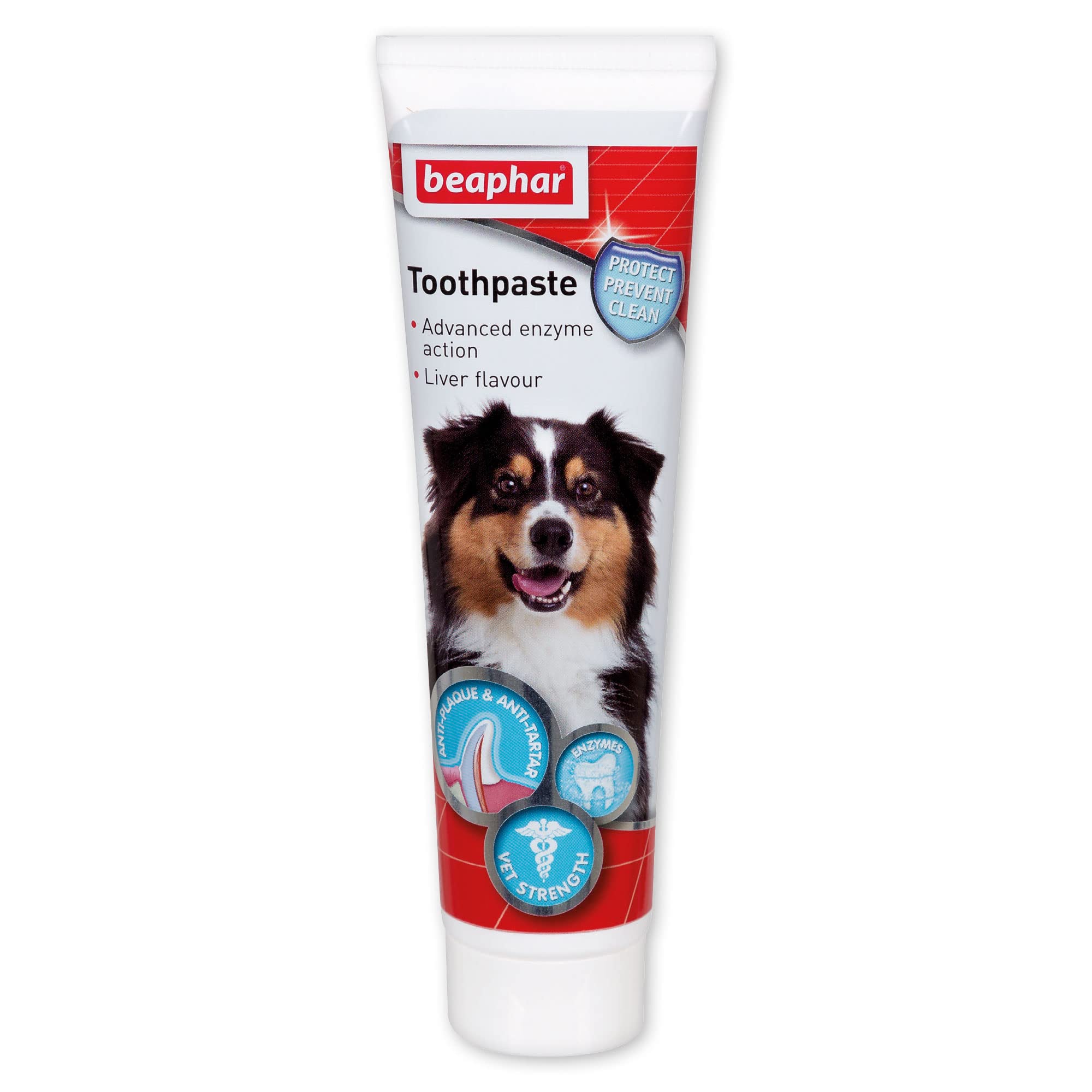
Additional DIY Methods for Brass Tarnish Removal
Apart from cleaning brass with toothpaste, there are other DIY methods that work wonders on tarnished brass. These household ingredients are likely already in your pantry, making brass maintenance convenient and affordable. Let’s explore how to use these items to restore the shine to your brass pieces.
Using Ketchup
Ketchup isn’t just for fries; its acidic properties can tackle tarnish on brass too. Try this:
- Dab ketchup on a small area of the brass.
- Wait a few seconds, then wipe with a damp cloth.
- If the brass looks better, coat the entire piece with ketchup.
- Wait for an hour, then rinse with soapy water.
- Dry thoroughly with a clean cloth.
Ketchup helps to break down tarnish without harming the brass surface. But, be sure to wash it off well, as residue could cause unwanted stickiness.
Employing Vinegar and Salt
Vinegar teamed with salt can also clean brass effectively. Follow these steps:
- Mix salt into vinegar until it dissolves.
- Spread the mixture over the brass and leave for 10 minutes.
- For deeper tarnish, you might leave the paste on for an hour.
- Rinse the brass, then dry with a soft cloth.
The acidity from vinegar and the abrasiveness of salt create a potent polish for dull brass.
Lemon Juice and Baking Soda Combination
Lemon juice and baking soda are perfect allies in the war on tarnish:
- Make a paste using lemon juice and baking soda.
- Apply the paste with a cloth to the brass.
- Leave it on heavily tarnished areas for 30 minutes.
- Rinse off the paste and polish the brass dry.

Commercial Options for Brass Care
For those who prefer a ready-made solution, commercial options for brass care are widely available. These specialized cleaners are designed to handle tarnish and restore the shine of brass with ease. However, it’s important to choose the right product for your brass items. Here are some tips for using commercial brass cleaners:
- Always read the label to make sure the cleaner is suitable for brass and not just general metal.
- Opt for a non-abrasive formula to prevent scratching the surface of your brass objects.
- Some cleaners come in a cream or polish form, which you can apply with a soft cloth.
- After applying the cleaner, follow the instructions for the best results. Some may require rinsing, while others simply need to be wiped off.
- Consider products that leave a protective coating to delay future tarnishing.
- If your brass items see outdoor exposure, it’s wise to look for cleaners that offer extra protection against the elements.
Remember that while commercial cleaners can be effective and convenient, they might contain chemicals that can be harsh on the skin or emit strong odors. Therefore, using gloves and working in a well-ventilated area is advisable. If you’re looking for a gentle, natural approach, the previously mentioned DIY methods may be preferable. Whether you opt for a commercial cleaner or a home remedy, regular maintenance is key to keeping your brass gleaming and gorgeous.
Protection and Preservation Tips for Brass Items
Caring for your brass items extends beyond the occasional cleaning; protection and preservation are equally important. To ensure the longevity and beauty of your brass, consider these simple yet effective tips.
- Regular Dusting: Gently wipe your brass objects with a soft cloth to prevent dust accumulation which can lead to scratches.
- Avoid Humidity: Brass is prone to tarnishing when exposed to moisture. Keep it in a dry environment.
- Preventive Coatings: Apply a thin layer of lacquer or a special brass sealer to shield against tarnish and corrosion.
- Wax Polish: Once a month, use a quality wax polish to create a barrier that combats tarnish.
- Keep Away from Harsh Chemicals: Strong cleaning agents can strip the metal. Use mild cleaners when necessary.
- Proper Storage: If not on display, store brass in a cool, dry place wrapped in acid-free paper or cloth.
- Minimal Handling: The oils from your hands can cause tarnishing. Touch brass items as little as possible.
- No Water Marks: After cleaning, ensure your brass is completely dry; water marks can cause spots.
Following these tips for cleaning brass with toothpaste or other methods will maintain the charm and character of your brass items for years to come.
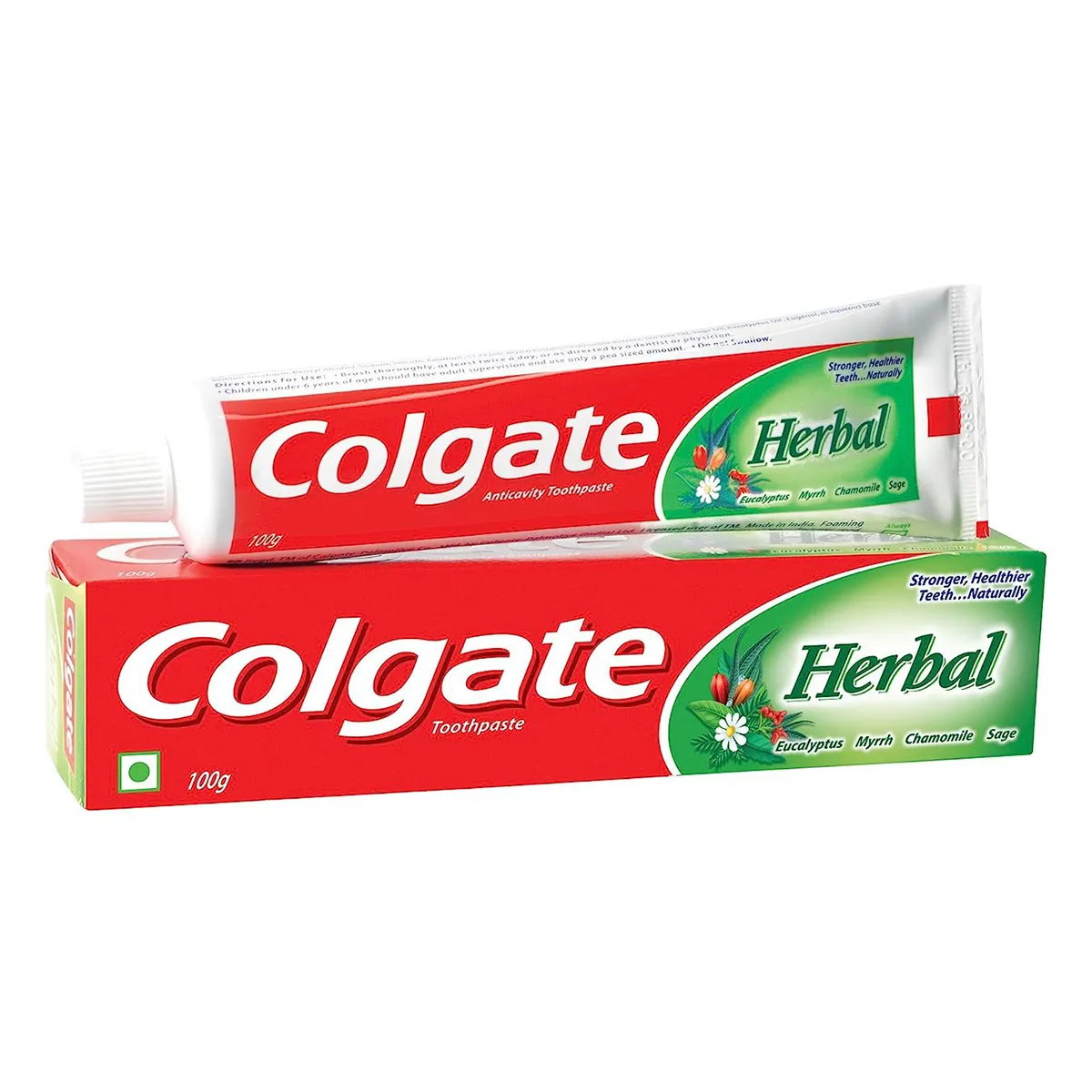
Conclusion
In conclusion, cleaning brass with toothpaste is an effective and accessible method that can restore the shine and beauty of your brass items. By using a simple paste made from toothpaste and water, you can eliminate tarnish and grime without the need for harsh chemicals. Start by applying the mixture with a soft cloth, giving your brass a gentle scrub. Then rinse thoroughly and dry with a clean towel to reveal the gleaming finish beneath.
Moreover, this technique is not only cost-effective but also environmentally friendly, making it an excellent alternative for those looking to maintain their homes sustainably. While you may encounter stubborn tarnish, don’t hesitate to repeat the process or seek a specialized brass cleaner.
Additionally, remember that regular maintenance will go a long way in preserving the luster of your brass items. By incorporating this simple cleaning routine into your household chores, you ensure that your brass pieces stay vibrant and eye-catching.
Ultimately, with just a bit of toothpaste and a quick effort, you can breathe new life into your brass decor. So, gather your materials, put on your cleaning gloves, and get ready to shine! Your brass deserves it.
